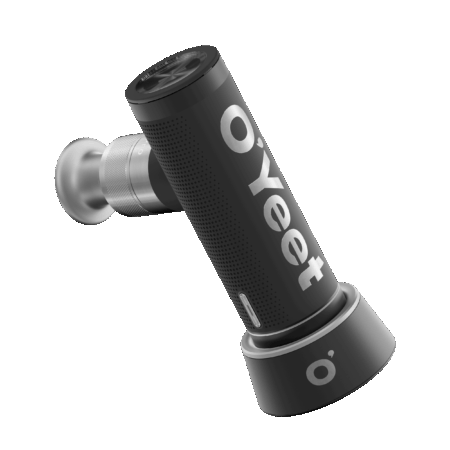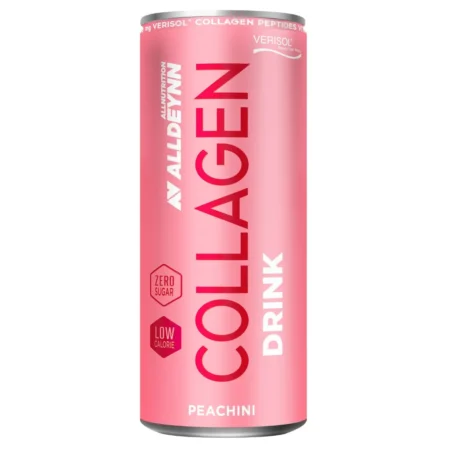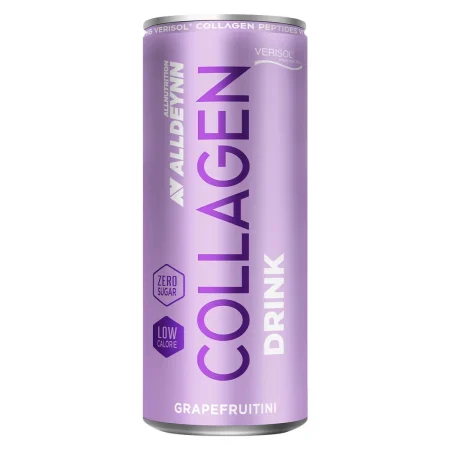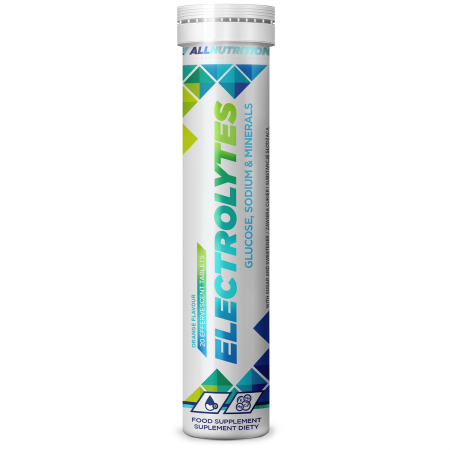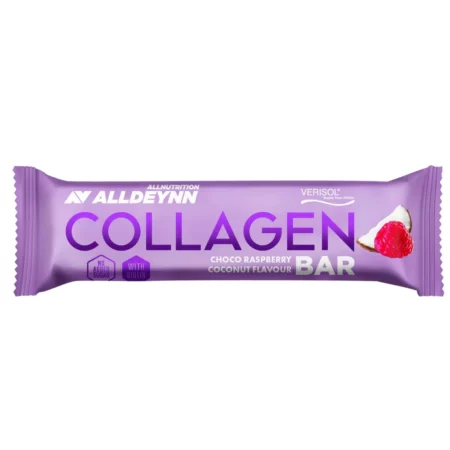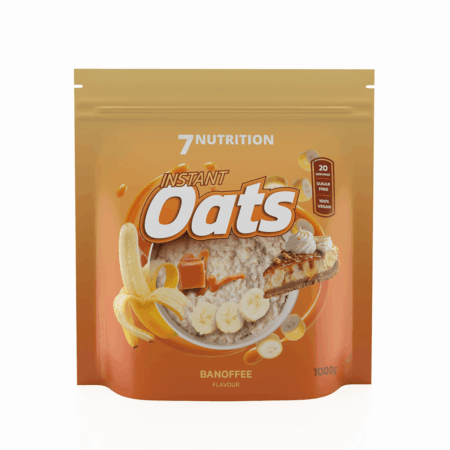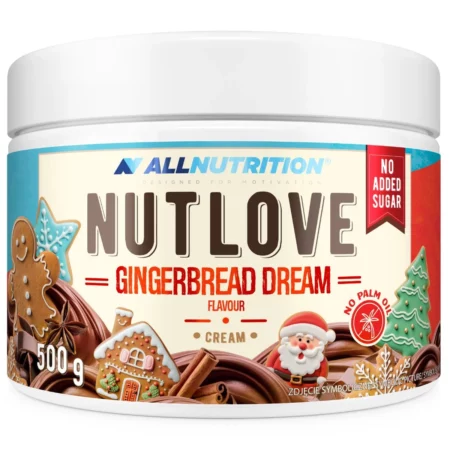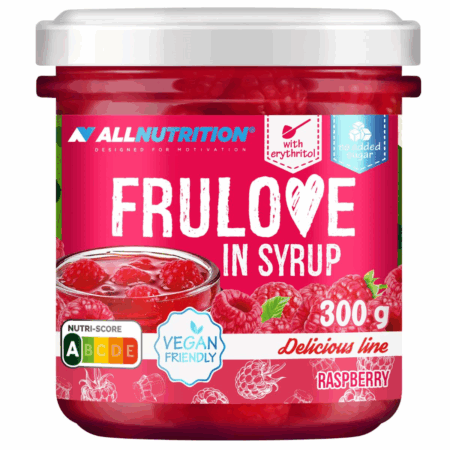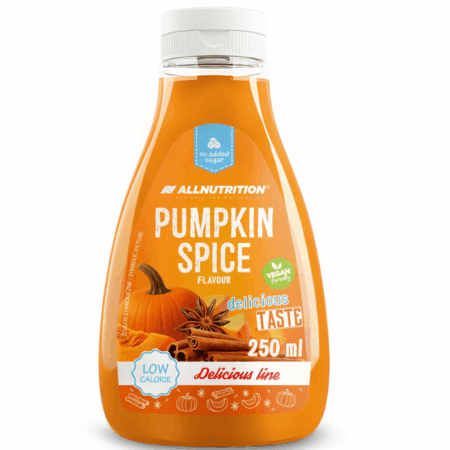Strength
Perfect support for strength training.
Regeneration
Perfect support for frequent training.
Promiscuity
Preparations supporting concentration and improving performance parameters during heavy training.
Weight loss
Perfect support during body sculpting and reduction.
Muscle mass
Perfect muscle nutrition and preparation for hard training.
Endurance
Perfect support for endurance and endurance training.
Specjalne okazje
11
d
12
h
08
m
25
s
OYeet Walking&Running Treadmill with incline
11
d
12
h
08
m
25
s
OYeet NEX PRO II Massage Gun
27
d
12
h
08
m
25
s
IMBODY POWER S Pro Smart Home Gym Mirror
Bestsellers
The latest products
Bicepsshop – a professional supplement store for everyone who trains with passion
Looking for a reliable place to buy proven supplements that support your workouts? You’re in the right place. Bicepsshop is a specialist supplement store offering a wide selection of products for strength, bodybuilding, endurance, and recreational training. Whether you’re just starting out at the gym or you’re an experienced athlete, you’ll find everything you need to perform better and recover faster.Read more
A complete range of supplements and sports nutrition
At Bicepsshop, we stock only trusted products from reputable brands—those used and recommended by both professionals and fitness enthusiasts. Our store is the go-to place to fully support your nutrition, speed up recovery, and maximise the benefits of every training session. Our range includes:- Protein supplements: concentrates, WPI isolates, hydrolysates, and plant-based proteins
- Mass gainers: high-calorie blends to support muscle building
- Creatine: monohydrates, malates, and advanced creatine stacks
- BCAAs and EAAs: formulas for recovery and muscle protection
- Pre-workouts: for maximum energy, muscle pump, and focus
- Fat burners: to support weight loss and appetite control
- Testosterone boosters: natural hormonal support for men
- Vitamins and minerals: to fill nutritional gaps and support immunity
- Supplements for joint health, sleep, digestion, and immune system support
- We’re experts – we know every product we sell. Our team is made up of active people who test supplements in practice.
- We deliver fast and safely – your order is handled with care and speed.
- We help you choose – we advise you on the best supplements based on your goals, fitness level, and training style.
- We only offer trusted brands – including OLIMP, Trec Nutrition, 7 Nutrition, BioTech USA, Applied Nutrition, ALLNUTRITION, and Alldeynn.
- We constantly expand our range – following trends and introducing products that meet the current needs of the market.










